Invented by Johannes Kepler around 1600, gear pumps are now widely used in nearly all fields of our life, and they are so popular nowadays. As the name suggests, these pumps are inbuilt with gears. The main function of these gears is to provide force energy to the water within the pumps. As the most common type of positive displacement pumps, gear pumps are usually selected when applications call for constant flow, high pressure, high viscosities, or special requirements for certain fluids. Gear pumps come in several forms. Depending on the application, one type of gear pump may offer superior features over the others. All are self-priming pumps and deliver smooth pulse-less flows.
So let us waste no more time and discuss an overview of different types of gear pumps!
Typically, there are four types of gear pumps. Based upon the design, the gear pumps are classified as:
-
External Gear Pumps
External gear pumps consist of two identical, interlocking gears (driver and driven gears) that are placed inside the casing and supported by separate shafts, and rotate in opposite directions. External gear pump designs can utilize spur, helical, or herringbone gears.
The mechanism is usually driven by one of the toothed gears, which in turn drives the other. When the gears on the pump suction side come out of interlocking, the volume increases at the suction side. As these gears begin to spin against the pump housing, fluid moves into the cavity and traps by the teeth of the gears. This trapped liquid travels around the housing from inlet to outlet. When the gear teeth mesh on the pump outlet side, the volume reduces, and the liquid is forcibly drained under pressure.
External gear pumps tend to be less expensive and easier to operate than internal gear pumps. They are most commonly used lubrication pumps in machine tools, in fluid power transfer units, and as oil pumps in engines.
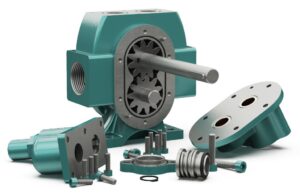
-
Internal Gear Pumps
In these types of gear pumps, the inner gear is the smaller one and has external teeth and the outer gear is the bigger gear and has internal teeth.
The principle of operation of internal gear pumps is the same as external gear pumps. When the gears on the suction side of the pump are disengaged, the volume increases. As the gears continue to turn relative to the pump housing and diaphragm, the liquid moves into the cavity and imprisons by the teeth of the gears. This trapped liquid travels around the housing from inlet to outlet. When the gear teeth mesh on the pump outlet section, the volume reduces, and the liquid forcibly drains under pressure.
Internal gear pumps are versatile, reliable, and easy to maintain. They are preferred to external gear designs in applications involving higher viscosity fluids, at high temperatures, and with fluids containing solids. Typically, internal gear designs operate at lower rotational speeds than external gear designs, have greater clearances, and are therefore less susceptible to wear in these applications.
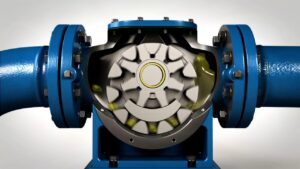
-
Lobe Pumps
These hydraulic pumps use two, three, or four-lobe rotors according to the requirements.
Lobe pumps work like external gear pumps such as the liquid flowing inside the housing. However, in these pumps, lobes don’t touch each other. The external timing gears located in the gearbox prevent lobe contact. The motion developed by the rotating lobes expands the volume on the suction inlet side of the chamber by trapping the liquid in the pockets between the lobes and the casing of the chamber. The re-meshing of the rotors on the discharge side forces liquid out of the pump. With fewer lobes and larger lobes size, these pumps can make higher discharges.
These types of gear pumps are frequently used in food industry because of their capacity to handle large solid particles and because some can be supplied as sanitary pumps.
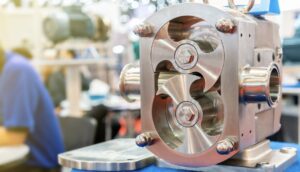
-
Ge-Rotor (Generated Rotor) Pumps
The ge-rotor pumps are internal gear pumps without a crescent shape. The rotor is the inner gear (driver or power gear), and the driven is the outer gear. These pumps have two generated rotors. One rotor has external teeth and the other has internal teeth. The rotor with external teeth rotates inside the rotor with internal teeth.
As the rotors rotate about their respective axes, fluid is drawn into the enlarged chamber to a maximum volume. As the rotation continues, the chamber volume decreases, forcing fluid out of the chamber. This process occurs constantly in each chamber providing a smooth pumping action.
These gear pumps are particularly appropriate for clean, low-pressure functions like hot oil filtration systems and lubrication systems but can also be found in hydraulic low to medium pressure applications.
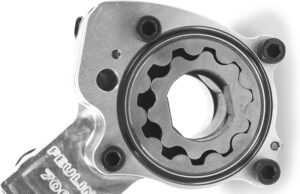
Closing up
As you see, transferring the fluid from one location to another with the help of a geared instrument is what gear pumps are good at. Gear pumps are very efficient, essential as well as the most frequently used pumps these days. Hope this blog helps anyone looking for information on different types of gear pumps. What do you think about these different types? Which one is more practical and suitable for you? Comment below and let us know what you think! Have some questions? Sign up on Linquip and our experts answer your questions in a heartbeat.

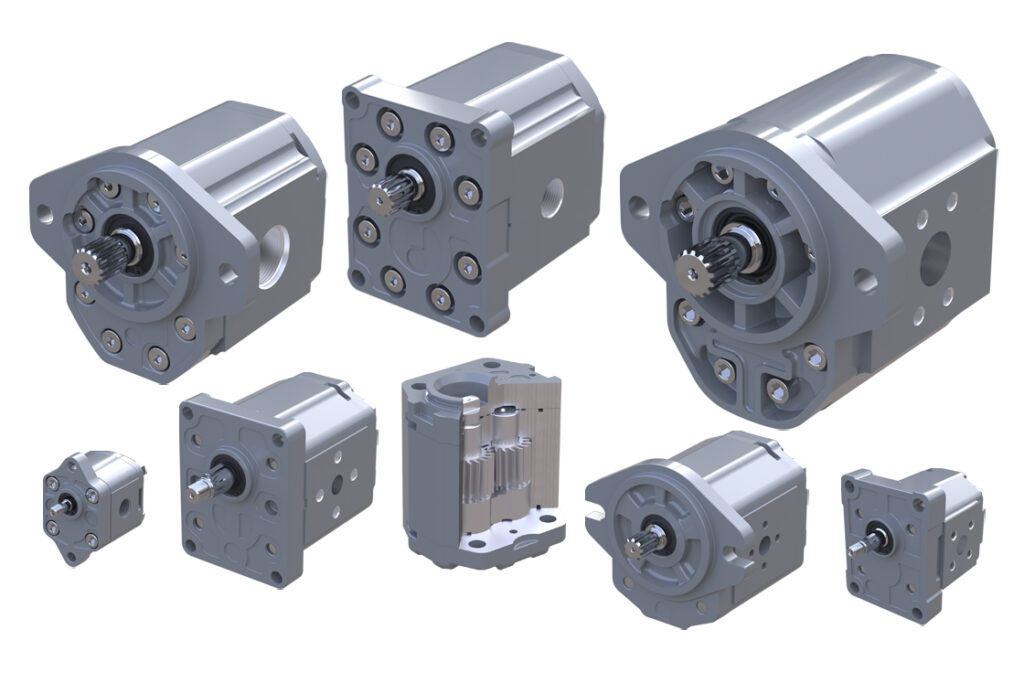


Intrested in these products,pl give the details of dealer or address